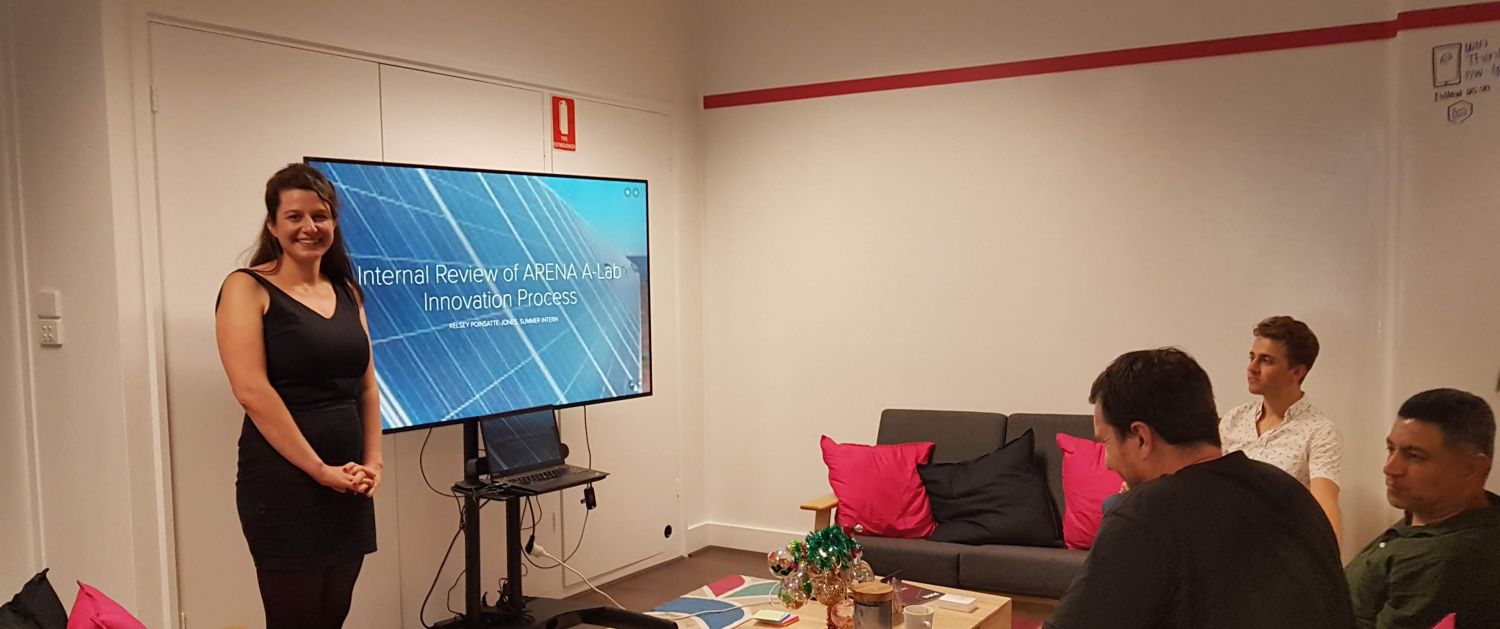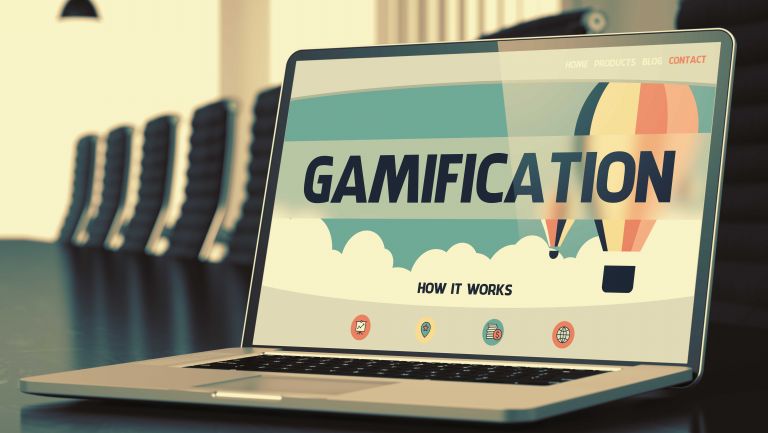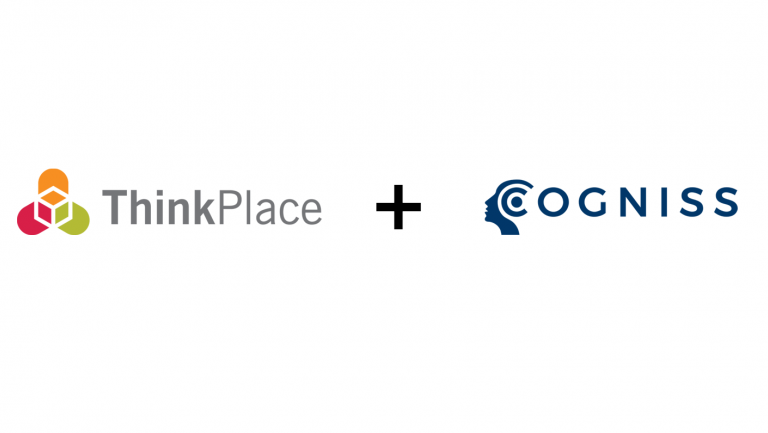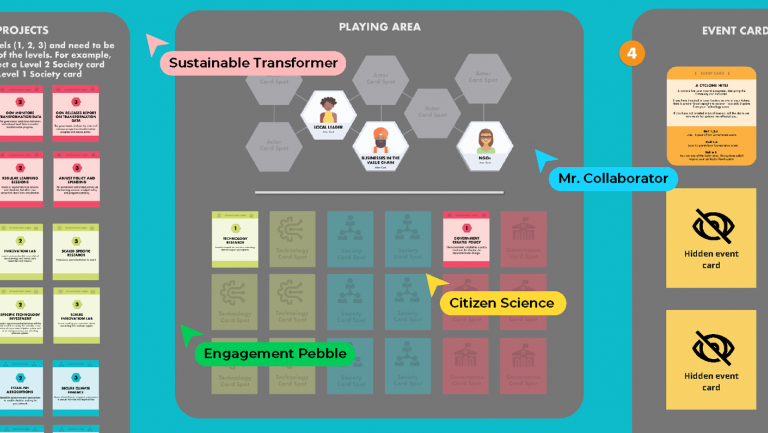Sign up for our monthly newsletter

"Start by drawing a whole bunch of squiggles...”
Most forward-thinking organisations know they can learn plenty by talking to their own people, What they are doing well. Where they can improve.
It’s not only leaders and emerging leaders who can shed great light on the health or otherwise of your company.
At ThinkPlace we work hard to make sure everybody gets listened to. That’s why we thought we’d sit down with our Melbourne studio intern Kelsey Poinsatte-Jones, who left her home in Cambridge Massachusetts to further her studies in design theory and methodology.

TP: How did you come to know of ThinkPlace?
KPJ: With a background in environmental science and policy analysis, I was looking to optimize the experience for human beings in the natural and built environment. I attended a lecture on “Designing for sustainable change” at the Harvard School of Design, hosted by ThinkPlace’s David Ireland and was surprised that David discussed applying resilience frameworks to solve complex problems, similarly to methods in my previous role in the decision sciences.
David embedded the frameworks within the broader principles of design thinking, with which I was not familiar. Intrigued and inspired, I applied for an internship and was happy to get accepted.
TP: You travelled across the Pacific to be here at ThinkPlace. What did you enjoy most about your internship?
KPJ: I set out to learn about design principles and frameworks that lead to meaningful social impact, and I am on my way to achieving that goal with the help of ThinkPlace staff.
TP: What tools and skills have you found essential to expand your career in design?
KPJ: Every time I use the word ‘stakeholder’ I will accompany its use with the term ‘deep human empathy’. Social impact means for me the improvement of relationships between existing nodes or the creation of new nodes in any given system so that the experience is improved for the human(s) in the system.
Add on top of that the importance at ThinkPlace to move the needle on the Sustainable Development Goals and you have a good business model. Intent statements, research protocols, staying in the problem space, co-designing solutions with the 4 voices of design, one-on-one interviews, and developing innovation workshops around the 3 lenses (feasibility, viability, desirability). Don’t get me started on innovation frameworks and models but that’s my new passion!
TP: You have lived and worked in a few different countries. Do you think there is much difference in communications between those countries and Australia?
KPJ: When our team arrived in Russia, we were instructed not to smile at people on the street. Yet, on an individual level it was easy to make friends and stay late into the night giggling and sharing secrets. In Germany, we were told that punctuality is important and we were five minutes late for a meeting. Yet, our hosts were still welcoming and readily shared their insights on globalization.
In Australia, I found a good balance of productivity and time off. Niceties get you a long way here. On the most basic human level, we all operate on the same rules of engagement. While cultural differences do manifest in the workplace, the same governing principles for one-on-one experience are nearly the same throughout.
TP: What has been your highlight moment/moments at ThinkPlace?
KPJ: I was given an opportunity to internally evaluate the ARENA A-Lab innovation program co-designed by ThinkPlace. Our goal was to optimize the continued success of the program. I conducted one-on-one interviews with ThinkPlace founders, principals, senior design execs, innovation leads, and business designers to gather insights, write a report, and present my findings. I am thrilled that these discussions are set to continue after my internship, and I was able to to create a publishable blog post for it.
TP: What sort of challenges are you looking forward to next?
KPJ: I am always seeking new challenges. The balance is overcoming challenges for yourself vs. overcoming challenges for others. I’d like to continue to explore new countries and ways of living and to apply insights gained from these experiences to improving human services. I am driven to think deeply about issues and ways in which I can do my share to help others, which has led me to design work.
TP: What is the best advice you received from someone at ThinkPlace?
“Start by drawing a whole bunch of squiggles,” Sunil Bhandari from the Melbourne studio told me. “Now add a beak, and draw some legs, and you have a duck.”
Sometimes when we are facing a task, it can seem overwhelming. But when you break it down into achievable chunks you’ll be surprised what you are capable of. That’s something I’ll remember.






